Ning Qiang
A Comprehensive Review of Multimodal Large Language Models: Performance and Challenges Across Different Tasks
Aug 02, 2024
Abstract:In an era defined by the explosive growth of data and rapid technological advancements, Multimodal Large Language Models (MLLMs) stand at the forefront of artificial intelligence (AI) systems. Designed to seamlessly integrate diverse data types-including text, images, videos, audio, and physiological sequences-MLLMs address the complexities of real-world applications far beyond the capabilities of single-modality systems. In this paper, we systematically sort out the applications of MLLM in multimodal tasks such as natural language, vision, and audio. We also provide a comparative analysis of the focus of different MLLMs in the tasks, and provide insights into the shortcomings of current MLLMs, and suggest potential directions for future research. Through these discussions, this paper hopes to provide valuable insights for the further development and application of MLLM.
Understanding LLMs: A Comprehensive Overview from Training to Inference
Jan 06, 2024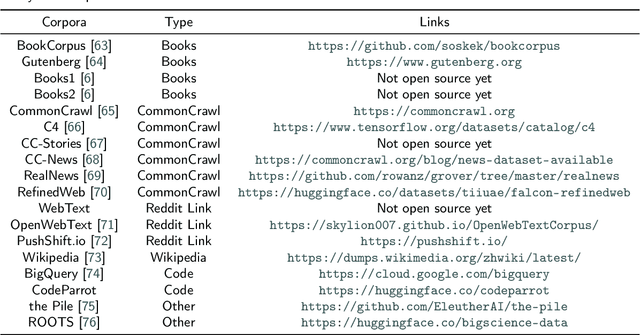
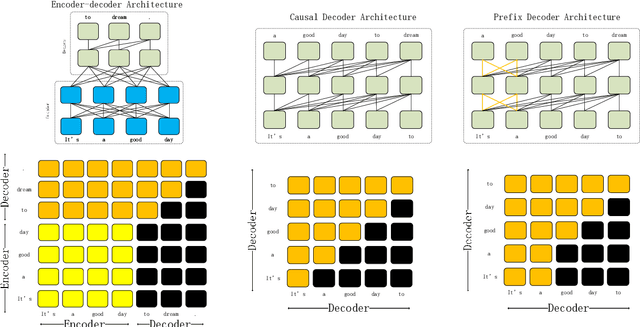

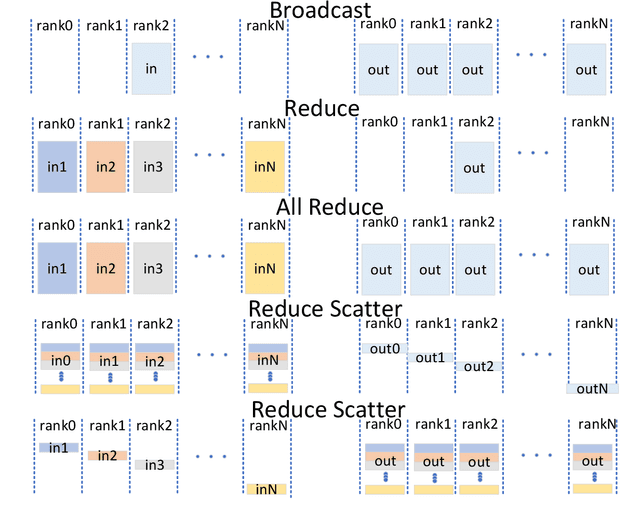
Abstract:The introduction of ChatGPT has led to a significant increase in the utilization of Large Language Models (LLMs) for addressing downstream tasks. There's an increasing focus on cost-efficient training and deployment within this context. Low-cost training and deployment of LLMs represent the future development trend. This paper reviews the evolution of large language model training techniques and inference deployment technologies aligned with this emerging trend. The discussion on training includes various aspects, including data preprocessing, training architecture, pre-training tasks, parallel training, and relevant content related to model fine-tuning. On the inference side, the paper covers topics such as model compression, parallel computation, memory scheduling, and structural optimization. It also explores LLMs' utilization and provides insights into their future development.
Summary of ChatGPT/GPT-4 Research and Perspective Towards the Future of Large Language Models
Apr 08, 2023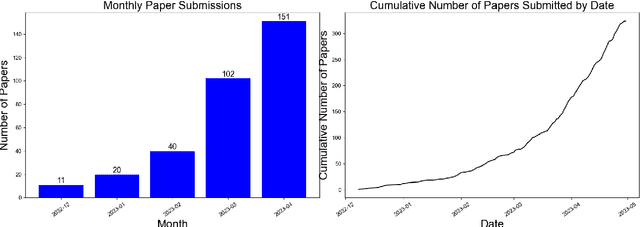
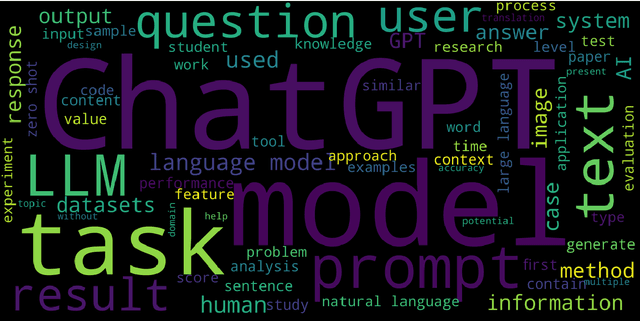

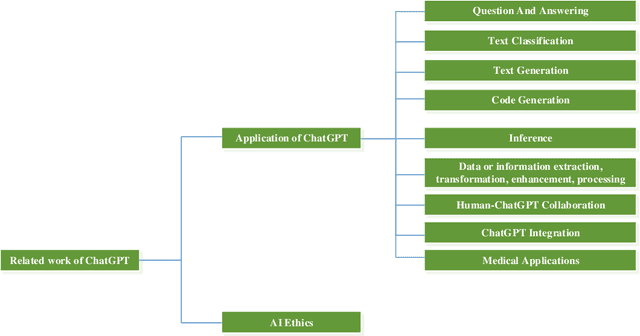
Abstract:This paper presents a comprehensive survey of ChatGPT and GPT-4, state-of-the-art large language models (LLM) from the GPT series, and their prospective applications across diverse domains. Indeed, key innovations such as large-scale pre-training that captures knowledge across the entire world wide web, instruction fine-tuning and Reinforcement Learning from Human Feedback (RLHF) have played significant roles in enhancing LLMs' adaptability and performance. We performed an in-depth analysis of 194 relevant papers on arXiv, encompassing trend analysis, word cloud representation, and distribution analysis across various application domains. The findings reveal a significant and increasing interest in ChatGPT/GPT-4 research, predominantly centered on direct natural language processing applications, while also demonstrating considerable potential in areas ranging from education and history to mathematics, medicine, and physics. This study endeavors to furnish insights into ChatGPT's capabilities, potential implications, ethical concerns, and offer direction for future advancements in this field.
Spatial-Temporal Convolutional Attention for Mapping Functional Brain Networks
Nov 04, 2022Abstract:Using functional magnetic resonance imaging (fMRI) and deep learning to explore functional brain networks (FBNs) has attracted many researchers. However, most of these studies are still based on the temporal correlation between the sources and voxel signals, and lack of researches on the dynamics of brain function. Due to the widespread local correlations in the volumes, FBNs can be generated directly in the spatial domain in a self-supervised manner by using spatial-wise attention (SA), and the resulting FBNs has a higher spatial similarity with templates compared to the classical method. Therefore, we proposed a novel Spatial-Temporal Convolutional Attention (STCA) model to discover the dynamic FBNs by using the sliding windows. To validate the performance of the proposed method, we evaluate the approach on HCP-rest dataset. The results indicate that STCA can be used to discover FBNs in a dynamic way which provide a novel approach to better understand human brain.
 Add to Chrome
Add to Chrome Add to Firefox
Add to Firefox Add to Edge
Add to Edge